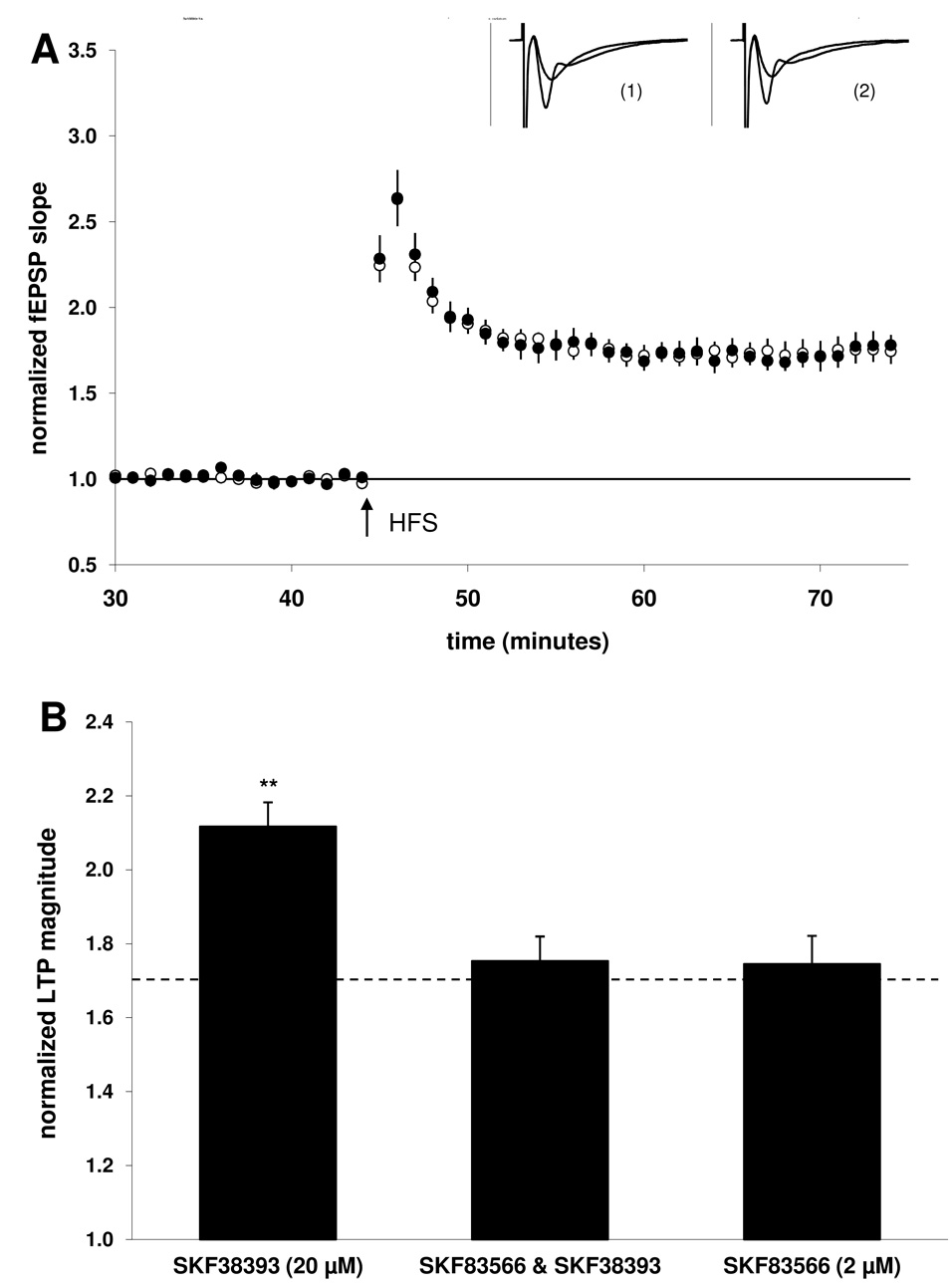Figure 2. Co-application with the D1/5 antagonist SKF83566 (2 µM) blocked the SKF38393-mediated enhancement of LTP.
A) Summary plot of normalized fEPSP measurements. Open circles show normalized fEPSP slope from slices treated with SKF83566 (2 µM) alone; closed circles depict slices treated with both SKF83566 (2 µM) and SKF38393 (20 µM). Insets are 50 ms sweeps averaged from all experiments illustrating the mean fEPSP 1–5 min prior to and 26–30 min post-tetanus (vertical scale bar is 3 mV). The left pair of sweeps (1) is from SKF83566-treated slices and the right pair (2) is from SKF83566 & SKF38393-treated slices. B) Summary quantification of LTP magnitude in the presence of the agonist SKF38393 alone (taken from Fig. 1, illustrated for comparison), when co-applied with the antagonist SKF83566, or SKF83566 alone. Significance is relative to the control group (indicated by the dashed line, ** p < 0.01). Error bars show ± SEM.

